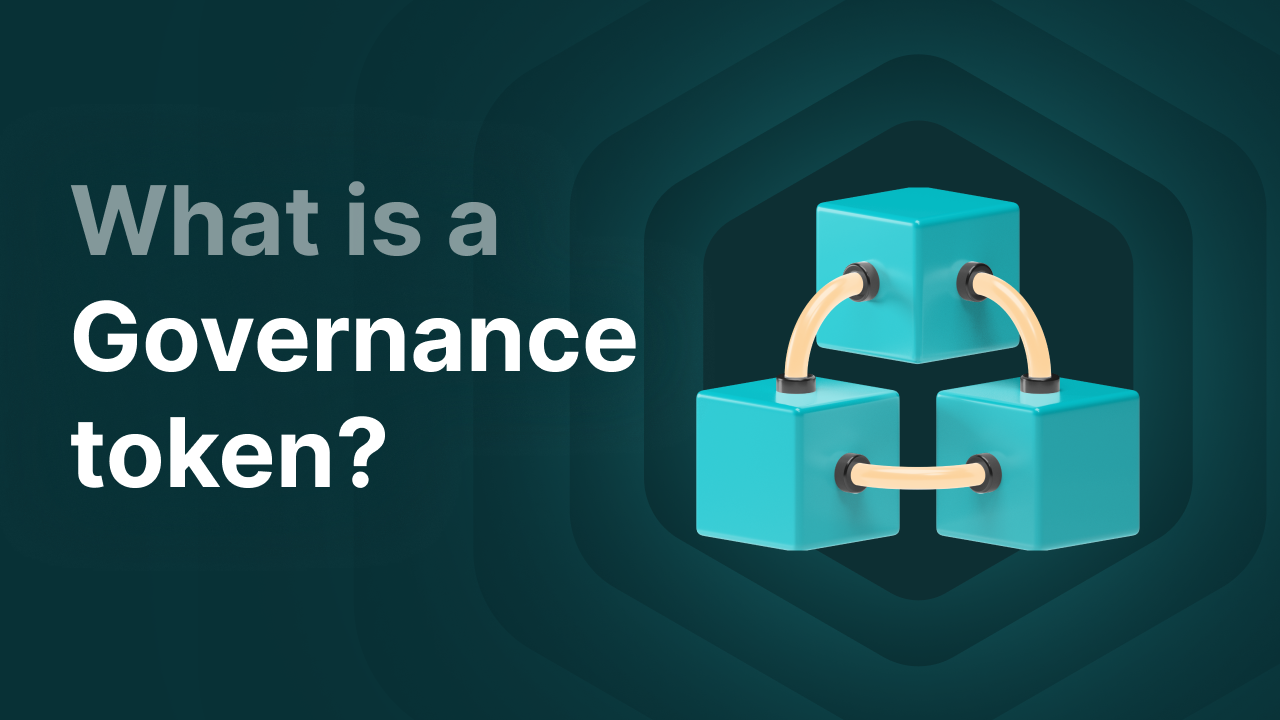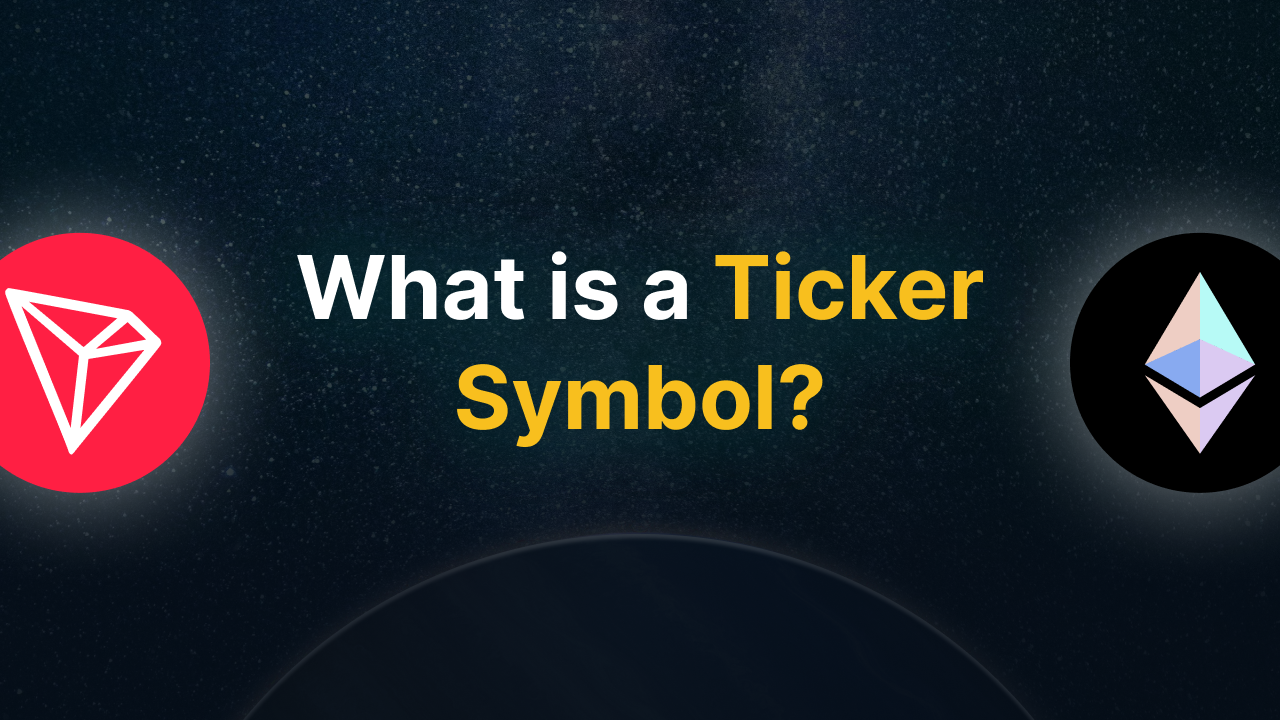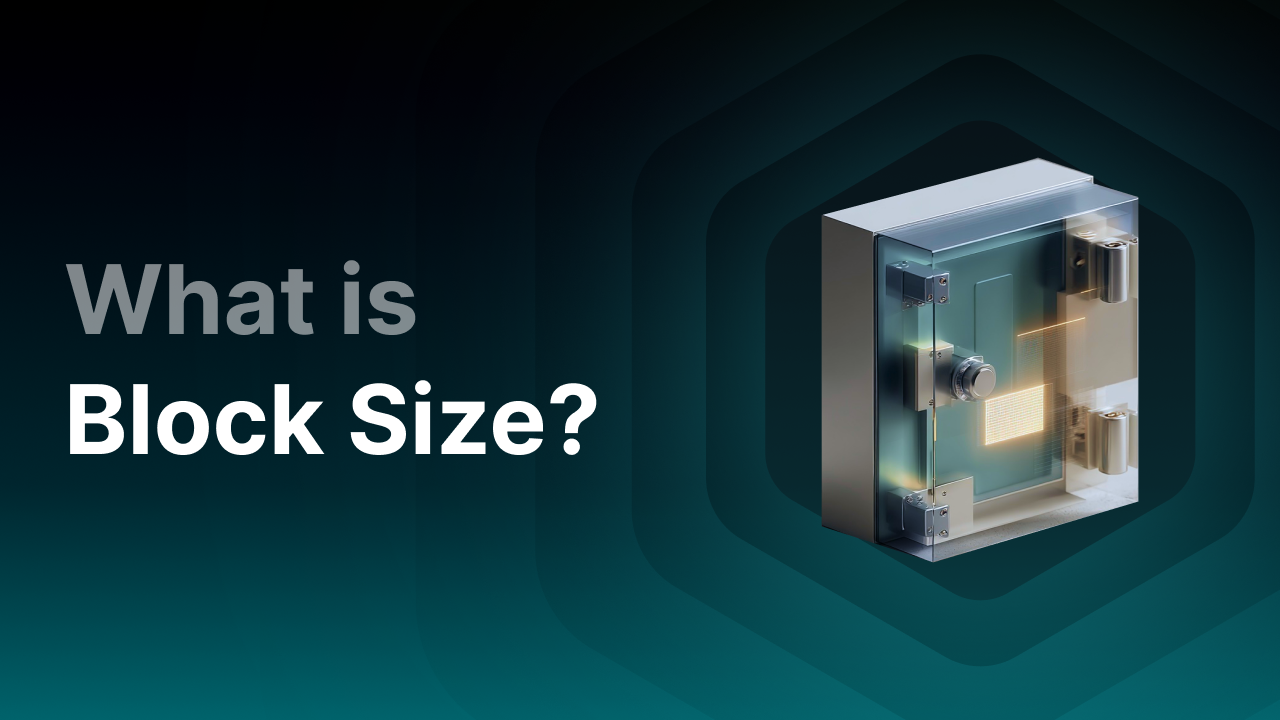What is crypto lending and how does it work?

What is crypto lending?
Crypto lending is a way to generate passive income with your crypto by lending it to other users on a blockchain network, such as Bitcoin and Ethereum. In return for lending out your cryptocurrencies, you receive an interest rate that the borrower must pay. It’s similar to lending out fiat money, like euros, in exchange for interest — for example, through a bank — but in this case, you do it with crypto. Also, you don’t lend through a bank, but through a crypto lending platform, such as a decentralized exchange (DEX).
The interest you earn depends on the specific crypto and platform. For one coin, you might earn 3% APY, and for another, 18% APY. These differences can be significant. APY stands for Annual Percentage Yield, which reflects the effective annual return including compound interest.
When you lend crypto, you receive repayment in fiat (like EUR or USD) or in another crypto. Ultimately, the borrower must always repay the amount, including interest. On decentralized platforms, this is handled by smart contracts, which automate the process. These smart contracts contain the rules on how, when, and at what rate the borrowed amount must be repaid.
Key Takeaways
- Crypto lending provides passive income by lending your crypto to other users via CeFi or DeFi platforms in exchange for interest.
- In DeFi lending, you deposit your crypto into a liquidity pool for interest. In CeFi, you rely on a central party that manages the terms.
- Crypto lending comes with risks such as market volatility, platform bankruptcy, smart contract bugs, and liquidity issues.
- Lending is about borrowing and lending assets, while staking is focused on network security. Lending may offer higher returns but also carries more risk.
Crypto lending vs traditional lending
Crypto lending and traditional lending are similar in that both involve lending assets in exchange for interest on top of the principal. Borrowers in both systems are free to use the funds however they like, as long as they repay the debt on time.
So where are the differences? With traditional lending, creditworthiness is essential. You must demonstrate in advance that you can repay the loan. This often involves lengthy procedures where the lender examines your financial status, income, and debts before approving the loan.
In crypto lending, things work a little differently. There are no long approval processes involving people manually checking documents. Instead, crypto lending works with smart contracts and collateral. To borrow crypto, a borrower must deposit a certain amount as collateral. This collateral is stored in a smart contract. If the borrower fails to repay on time, the collateral is liquidated to cover the loan.
How does crypto lending work?
Crypto lending works by lending out your crypto on a platform that offers lending. You visit such a platform and indicate that you want to lend out your crypto to other users. There are both decentralized and centralized options. Both provide the infrastructure to lend crypto using blockchain technology.
Lending through a decentralized platform (DeFi)
With decentralized finance platforms (DeFi), the lending process is managed by smart contracts. As a lender, you deposit your crypto into a liquidity pool. Borrowers can then borrow crypto from that pool at a variable interest rate, which is paid to the lender. The repayment terms and rates are defined in the smart contract.
Borrowers must provide collateral to secure the loan. The amount of collateral required depends on the platform and especially on the volatility of the asset. For example, you’ll need less collateral for Ethereum than for a small, highly volatile coin. The least collateral is required for stablecoins, like USDC. Across all platforms, you must at least deposit collateral equal to the amount you wish to borrow.
Collateral requirements are shown using LTV (Loan-to-Value) or collateral ratio. LTV is expressed as a percentage (e.g. 50%), while the collateral ratio is expressed as a number.
Example:
- LTV of 50% → means: you can borrow €500 with €1,000 in collateral.
- That equals a collateral ratio of 2 (or 200%) — you need double the amount as collateral to borrow the funds.
Practical example:
- Someone wants to borrow 1,000 USDC.
- They lock 1.5x the value (e.g. €1,500 in USDC, ETH or fiat) as collateral.
Lending through a centralized platform (CeFi)
There are also centralized platforms that offer crypto lending. These don’t use smart contracts. Instead, the platform itself — the company behind it — manages the lending process. They determine interest rates, collateral requirements, and lending terms. They also decide who receives loans. The platform pays you a predetermined interest rate (though this may still vary).
Borrowers must also deposit collateral (e.g. BTC or ETH). The platform verifies whether it’s sufficient. If prices drop significantly, collateral may be partially sold off (liquidated).
As a lender, you place your trust in a company, unlike DeFi where everything is transparent on the blockchain.
A major advantage of CeFi is its user-friendliness and accessibility for beginners. The downside is that you lose control over your crypto and are at risk if the platform goes bankrupt or gets hacked.
Difference between lending and staking
Lending and staking are both ways to earn passive income with crypto you plan to hold long-term. They differ in method and risk.
Main differences:
Risks of crypto lending
Crypto lending can be a great way to earn extra income from your crypto. However, there are serious risks you need to understand before getting started.
Key risks:
-
Market volatility: Crypto prices can rise or fall quickly. While your crypto is lent out, you lose control and can’t sell during price drops.
Example: You lent 1 ETH worth €2,500. The market dips and you want to sell your Ethereum, but you can’t because it’s still lent out. ETH drops to €1,500 and you’ve lost €1,000 in value. -
Platform risk: Whether lending on DeFi or CeFi platforms, risks exist. CeFi platforms can be hacked or mismanage funds. DeFi platforms rely on smart contracts, which may contain bugs that hackers can exploit.
-
Liquidity risk: Sudden market shifts can cause liquidity issues. CeFi platforms may pause withdrawals (e.g. Celsius, which led to bankruptcy). In DeFi, liquidity pools may be drained or become illiquid, preventing timely withdrawals.
-
Interest rate and terms risk: Rates can fluctuate quickly on DeFi platforms. CeFi platforms may change terms — like interest or withdrawal conditions — without warning.
-
User errors: In DeFi, you're responsible for your transactions. Sending crypto to the wrong address or interacting with a smart contract incorrectly can result in permanent loss.
Final thoughts
Crypto lending can be an effective way to earn passive income with crypto you already plan to hold. By lending assets through centralized (CeFi) or decentralized (DeFi) platforms, you earn interest in return. This sounds attractive, but it’s crucial to understand how lending works, what risks are involved, and how to protect yourself.
Risks like volatility, liquidity issues, bankruptcies, and smart contract vulnerabilities mean crypto lending isn't without danger. It's essential to use reputable platforms, only lend what you can afford to lose, and be aware of lending terms — including collateral and interest type (fixed or variable).
Compared to staking, lending typically offers higher returns but also more uncertainty. If you're willing to take that risk and invest time in learning how lending protocols operate, crypto lending can be a valuable addition to your overall crypto strategy.




